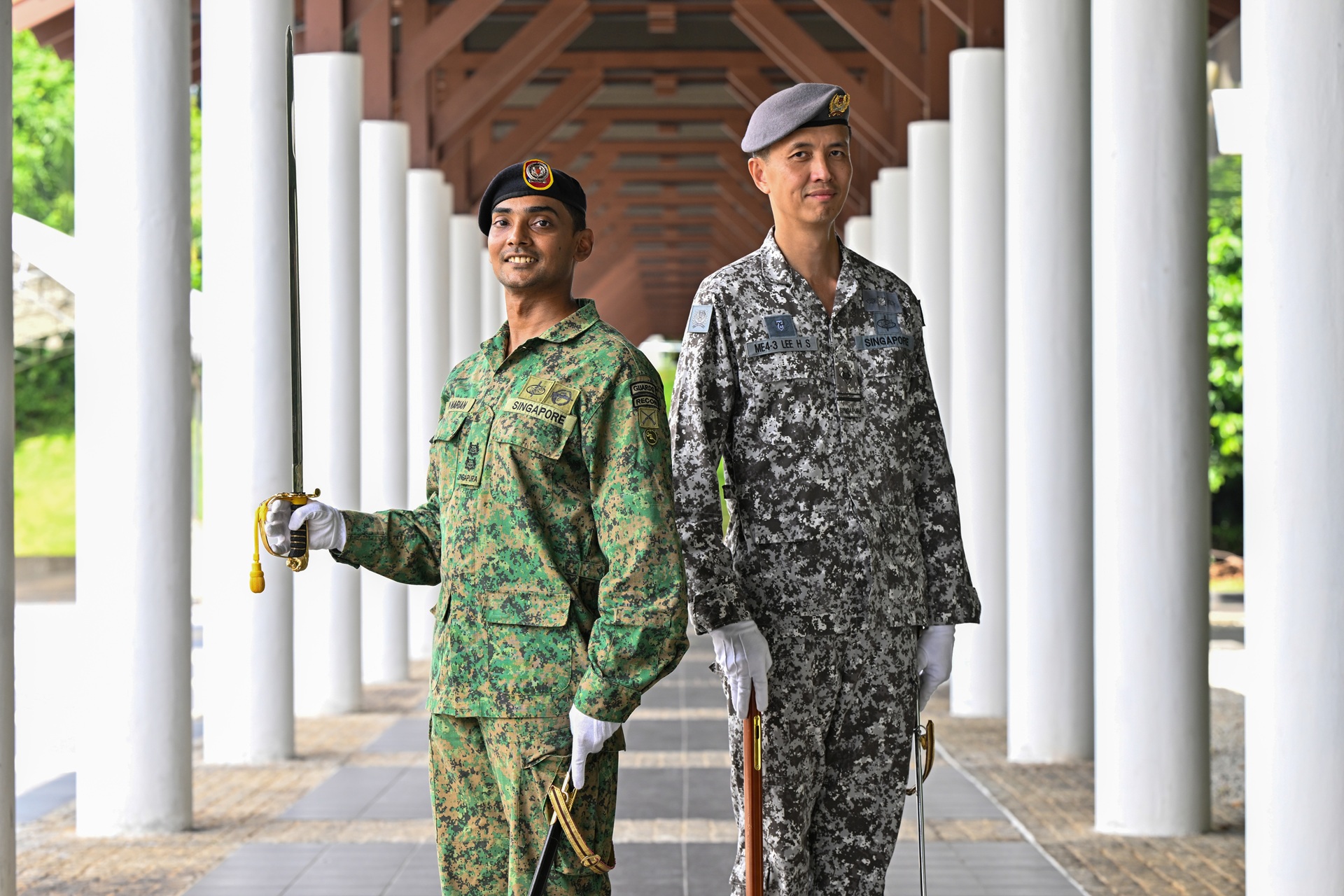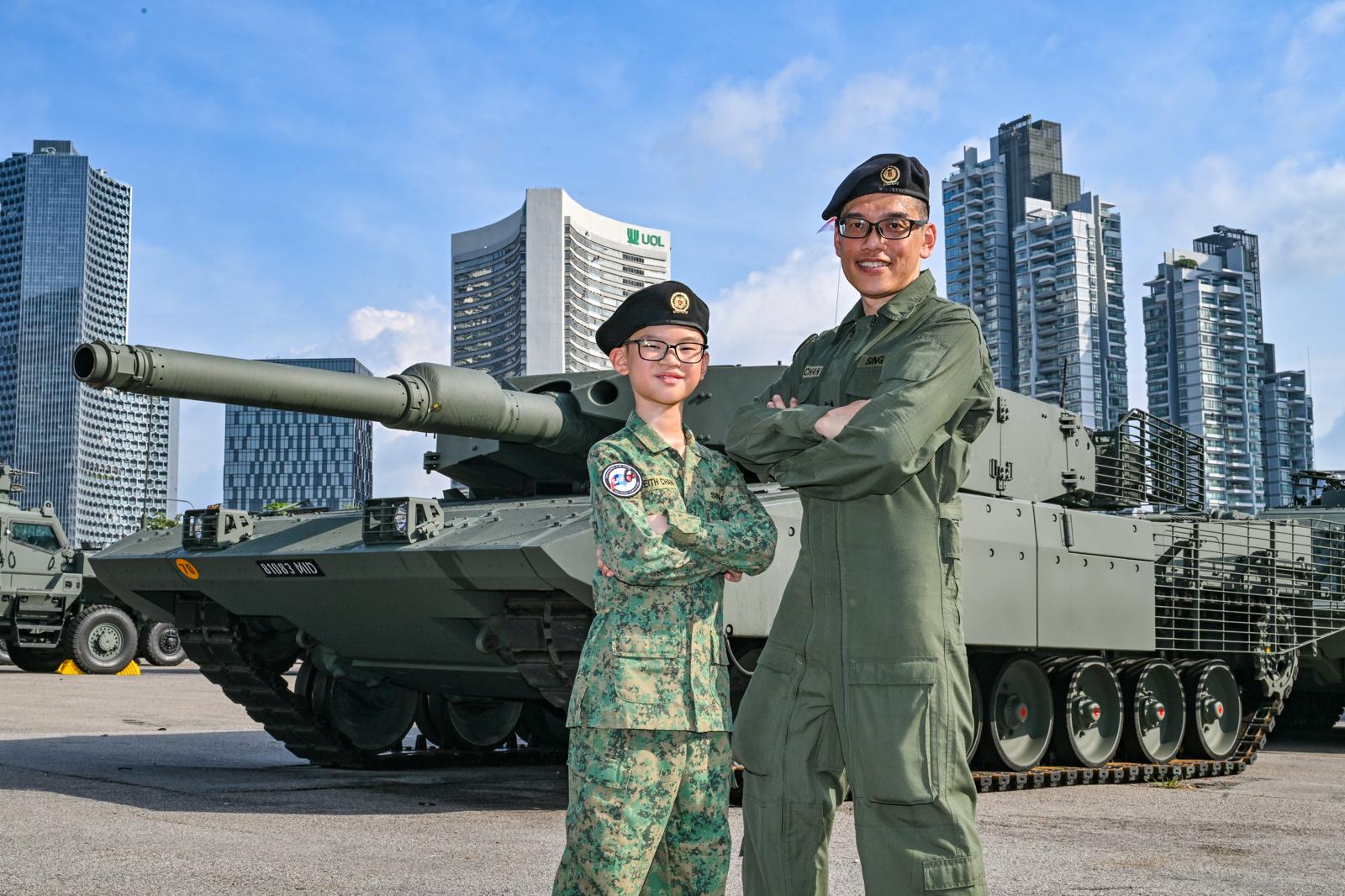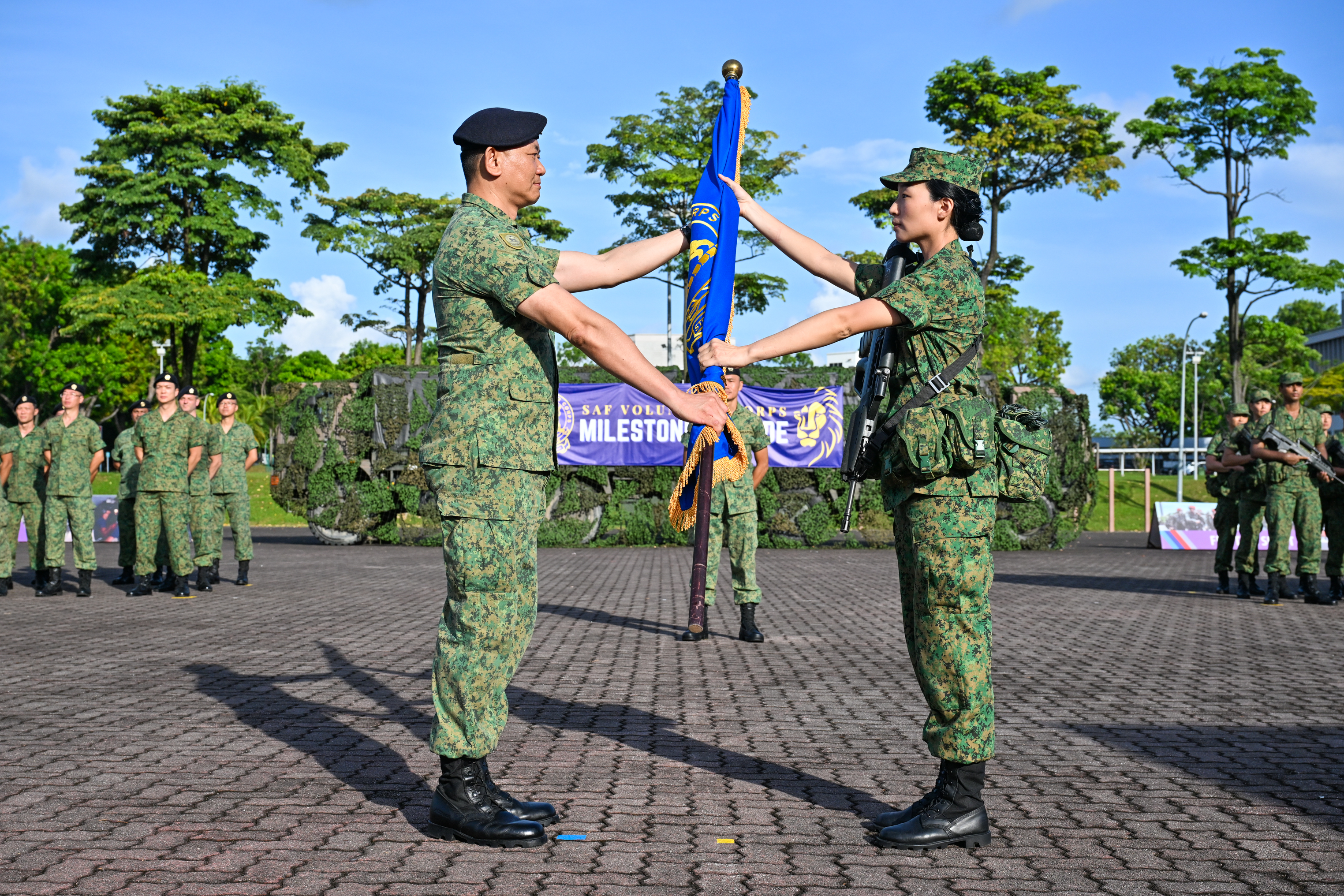HELP FOR QUAKE-HIT NEW ZEALAND
PHOTO // Ong Hong Tat
116 Singapore Armed Forces (SAF) servicemen see their training exercise turn into a real operation as an earthquake strikes Christchurch, New Zealand. This is their story as the SAF diverts resources to assist in disaster relief efforts.
Around midday on 22 Feb, a 6.3-magnitude earthquake struck Christchurch, New Zealand, at a depth of 5km and about 10km southeast of the central business district. And the 116 SAF servicemen, initially in New Zealand for a training exercise codenamed Lion Walk, found themselves heading towards the disaster zone.
As the troops from Headquarters Guards travelled towards the second-largest New Zealand city that day, they felt the odd aftershock. "The ground shook three times that day, and I initially thought they were just occasional tremors," said Full-time National Serviceman (NSF) Corporal (CPL) Mohd Noh, a Section second in-charge who was one of the 116.
These SAF servicemen had stepped up to the challenge when Deputy Prime Minister and Minister for Defence Teo Chee Hean offered their assistance to New Zealand on the same day the earthquake struck.
Securing the ground
New Zealand authorities accepted the offer and the servicemen were deployed alongside the New Zealand Defence Force (NZDF) around the city centre as part of a cordon set up by local authorities.
It was one of the hardest-hit areas within the city, with fallen buildings and buckled roads dotting the urban landscape. Time was running out for the civilians trapped within the rubble.
As international rescue teams - such as the Singapore Civil Defence Force (SCDF) urban search and rescue team - rushed to find and free those who were trapped, there was an urgent need for a cordon to be set up to ensure that disaster response teams had smooth and unhindered access into the city centre.
The first wave of the SCDF team arrived on a Republic of Singapore Air Force (RSAF) KC-135R on 23 Feb, together with an SAF command team led by Commander 7th Singapore Infantry Brigade Colonel (COL) Melvyn Ong.
For residents' safety
The cordon also helped to prevent further injuries as residents tried to return to their now-unsafe homes. Buildings within the city were being assessed for structural safety, employing a simple system: red stickers indicated that the buildings were structurally unsafe, yellow - unstable but accessible in the day - and green - safe for occupation.
Commander of the 3rd Land Force Group, COL Roger McElwain, said: "It was extremely fortuitous that the SAF were here on exercise in New Zealand [when the earthquake struck]."
He added: "It has been good having them alongside us in the cordon and other operations we have undertaken... The support that they have provided has really cemented the relationship between the NZDF and the SAF."
Manning the cordon with their counterparts from the NZDF and members of the local police force, the SAF soldiers braved eight degree Celsius weather as they worked 12-hour shifts at their assigned intersections.
Despite the long hours, they pushed on. "Although it is tiring to be on our feet for long stretches, there is purpose to what I am doing," said CPL Noh, when PIONEER spoke to him on 25 Feb.
"I felt sad when I saw what had happened: collapsed houses and some roads which were made unusable because of the earthquake," said CPL Noh of his first shift. "But we had a job to do, which was to enforce the cordon."
Not all were turned away though. On a case-by-case basis, police officers allowed those with proper identification documents to be escorted to their premises.
"Most of them lived a distance from where we were stationed, and we just walked with them and waited as they collected their belongings," said fellow NSF CPL Mohd Amirul Ashraff.
Most civilians reacted positively to the troops on guard, and there was a constant stream of people coming up to them to simply say "good job" or to offer home-made food.
Commanders on the ground, too, were busy ensuring the welfare of their men on duty. "We spoke to the men every hour, to make sure they had adequate clothing and more importantly, that they had enough food and water," said 2nd Sergeant Kenny Tay, a Platoon Sergeant.
Making friends
From conversations with the NZDF soldiers stationed with him, CPL Noh forged a deeper understanding of the New Zealanders.
He described his NZDF counterparts as friendly and professional, as they shared their experiences and compared equipment during the shifts.
"I feel that they would step up to help us in times of need, just like we have," said CPL Noh.
The SAF soldiers received daily requests for assistance from the 3rd Land Force Group of the NZDF.
On their first deployment on the night of 23 Feb, 46 troopers were stationed at various intersections along the 10km cordon surrounding downtown Christchurch.
NZDF troops and armoured personnel carriers, together with the SAF soldiers, were seen at the various intersections together with local police officers.
From his experience in New Zealand, CPL Noh has grown more appreciative of everything he has in Singapore.
His family of five was initially worried when they learnt that he had been diverted to assist in the disaster-relief efforts.
"As soon as we knew that we would be deployed, our commanders told us to call our families... My parents kept asking if I was okay, and they were worried about food supplies in the city," said CPL Noh, who had gone on to reassure his parents that the camp he was staying in supplied all that he needed.
"It is tiring but meaningful work as we know that we are doing our part for the relief operations in the city centre."
- Lance Corporal Mohd Khairil Haris on his stint in manning the cordon
"The community has been devastated by the quake, and words can't describe what the Singaporean army and NZDF have done for us here."
- Christchurch resident John Bissett on the disaster relief efforts
Relief for quake victims
As the cordon operations hummed along, the RSAF was called upon to ferry relief supplies into Christchurch and people out of the city.
The KC-135R assisted the NZDF in the evacuation of about 30 civilians out of Christchurch as it made its way back to Singapore on late 23 Feb.
Two of the RSAF's C-130 Hercules military transport aircraft joined this effort to bring in much-needed supplies and equipment to the stricken city and to evacuate civilians.
The first supply run on 26 Feb brought in four pallets of drinking water and one of welfare supplies totalling over 16,000kg from Auckland. The return leg saw 68 civilians evacuated to Wellington and Auckland, where better facilities or help would be available.
The next day, a 13-member decontamination team and their equipment were flown to Christchurch.
On the C-130's return to Auckland, it took with it 70 civilians bound for Wellington and Auckland.
The passengers, most of whom had lost close to everything in the earthquake, came from various civilian welfare centres located around Christchurch.
When PIONEER spoke to COL Ong on 26 Feb, he emphasised the contingent's mission: "The Singapore contingent remains committed to assisting the NZDF with rescue operations and providing humanitarian aid to the residents whose lives and homes have been affected by the earthquake. We hope that our assistance has gone some way towards relieving the suffering of the earthquake victims."
In addition, two SAF doctors joined the NZDF's mobile primary health-care team on 25 Feb.
They visited welfare centres daily, providing primary health care and advice on public health issues. The team saw about 100 patients during their deployment.
From 1 Mar, SAF combat engineers moved out to the suburbs to help residents remove unstable structural components from their houses.
Most of the work they did involved the removal of chimneys and teetering walls, as well as minor repair works.
Christchurch resident John Bissett - who had an unstable garage removed from his house in Mount Pleasant, a residential area about 14km southeast of downtown Christchurch - was thankful.
"If my garage had fallen over, the entrance to my neighbours' house would have been blocked. So the guys came over to help me with that and it s been wonderful to see everything post-quake going so well," he said.
Aid in moving on
A week after the earthquake struck, a five-man DisasterVictim Identification (DVI) team from Singapore arrived to assist the New Zealand authorities in identifying victims.
Upon their arrival, the team immediately plunged into preparation work, visiting an identification centre and DVI-related installations where they were given a walk-through by their New Zealand counterparts.
"Their set-up was impressive to say the least, but there was a lack of DVI manpower in many areas," said team leader Colonel (Dr) Tan Peng Hui.
According to COL(Dr) Tan, DVI work is a resource-intensive process requiring wide-ranging forensics expertise.
"It is normal for DVI expertise to be limited in most countries, as each country will only have enough to meet domestic demands arising from crime, or to identify victims of fatal road accidents," said COL(Dr) Tan, Commander SAF Military Medicine Institute.
"Disaster situations where there are many victims are likely to overwhelm the existing pool of forensics expertise in the country and that's why we are here to help," explained COL(Dr) Tan.
As the disaster relief operations transit from a rescue to a recovery phase, more DVI expertise would likely be required, he said.
The team started their work on 3 Mar in the various stations of the DVI process and continued providing their assistance to the New Zealand authorities.
Of the five, two members were from the Health Sciences Authority - Senior Consultant Pathologist Dr George Paul and DNA Scientific Officer Simon Lim Eng Seng - and two were from the Singapore Police Force - Crime Scene Examiner Sunny Low Hiok, and Automated Fingerprint Identification System Supervisor Lee Mei Fun.
With the declaration of the recovery phase on 3 Mar by the New Zealand authorities, the Singapore contingent gradually scaled down its operations, and part of the contingent returned home on 13 Mar.
As of 7 Mar, the earthquake had claimed 166 lives, with more than 200 people reported missing or unaccounted for in the city.
"All of us are glad we were able to play a part in the relief efforts. We hope our assistance has gone some way in helping the victims in their time of need."
- C-130 Mission Commander Captain Chew Chuen Hee describing the crew's rescue and relief efforts
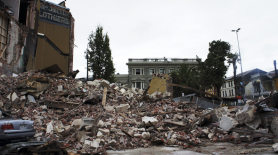
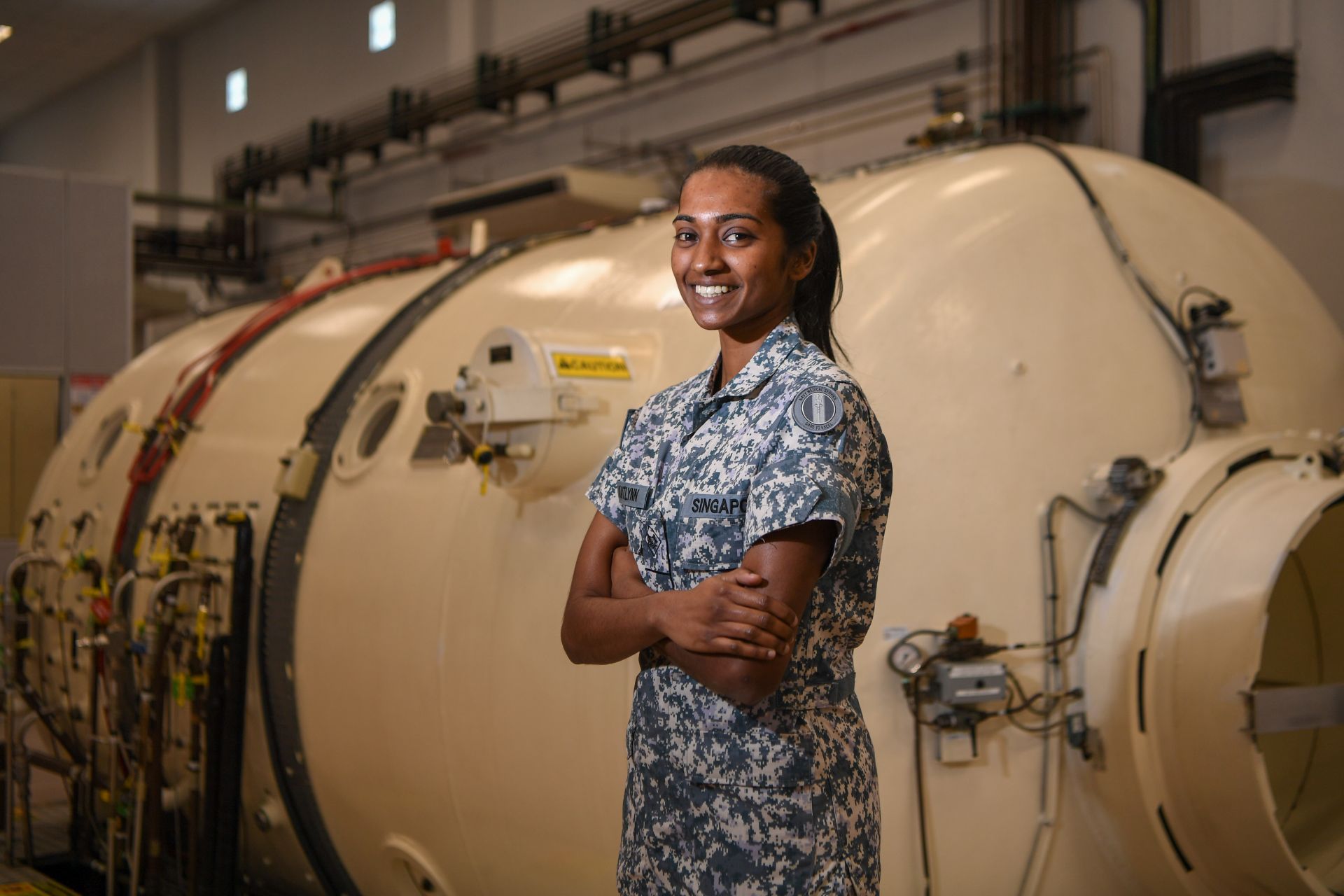
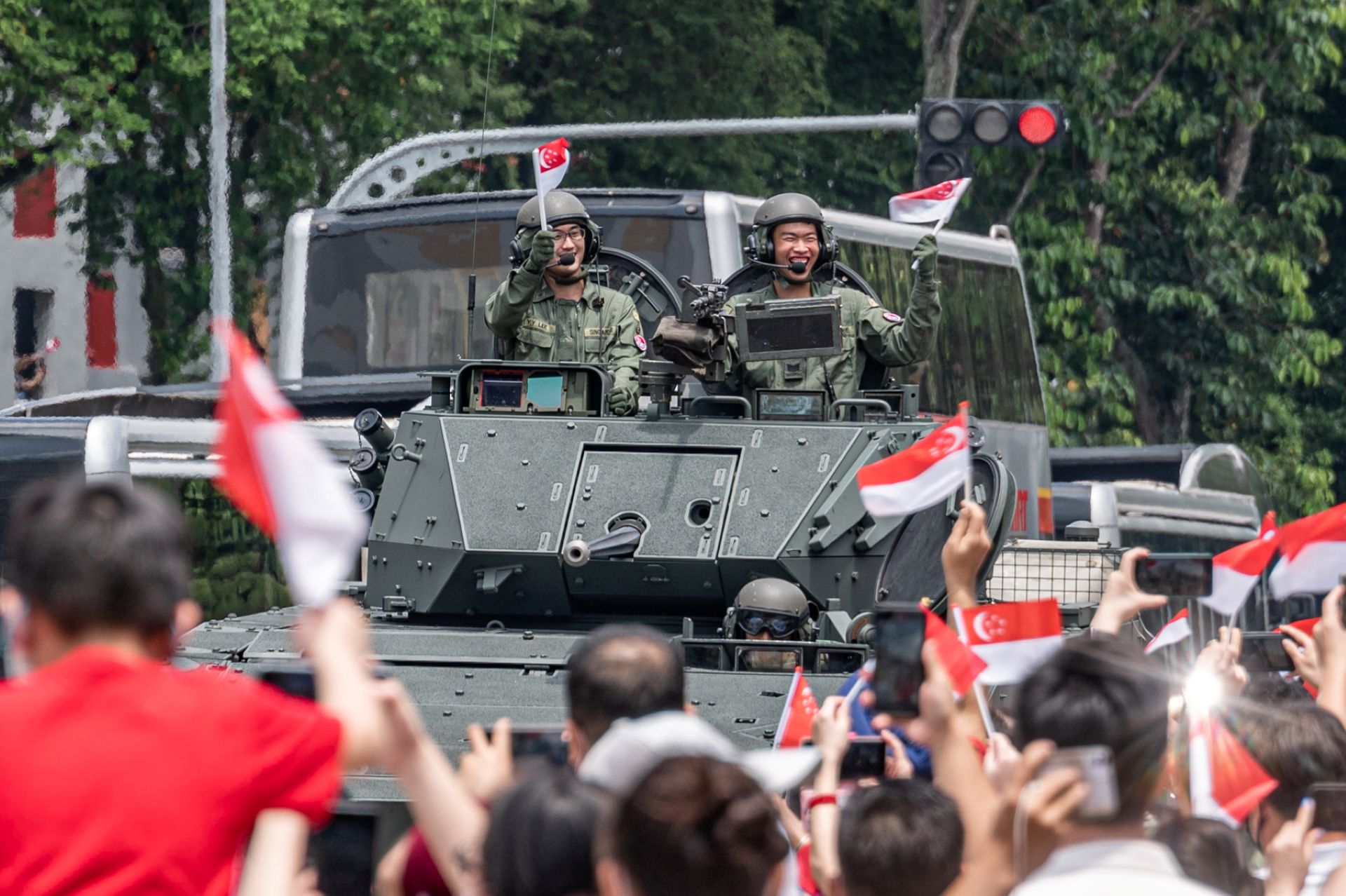
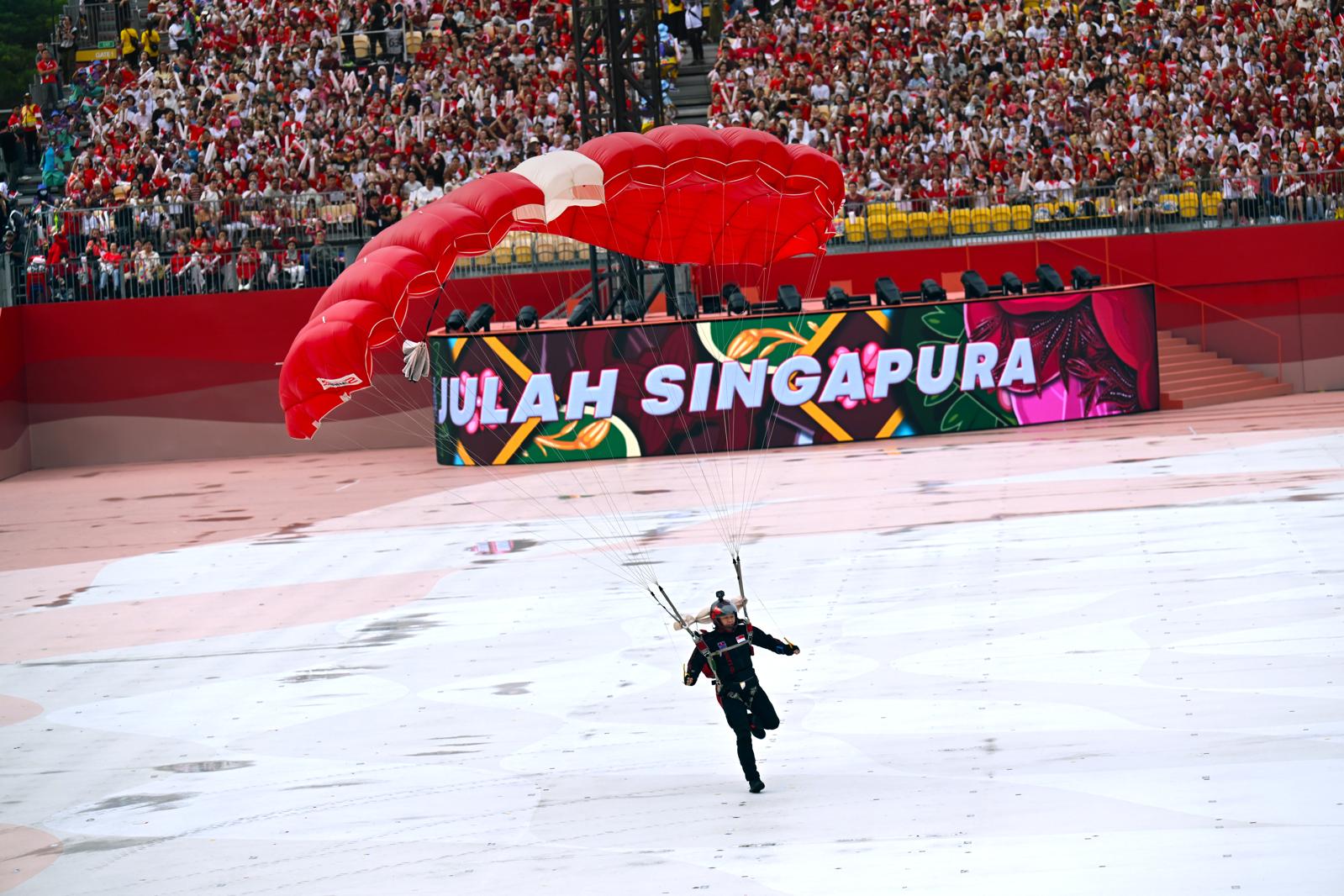
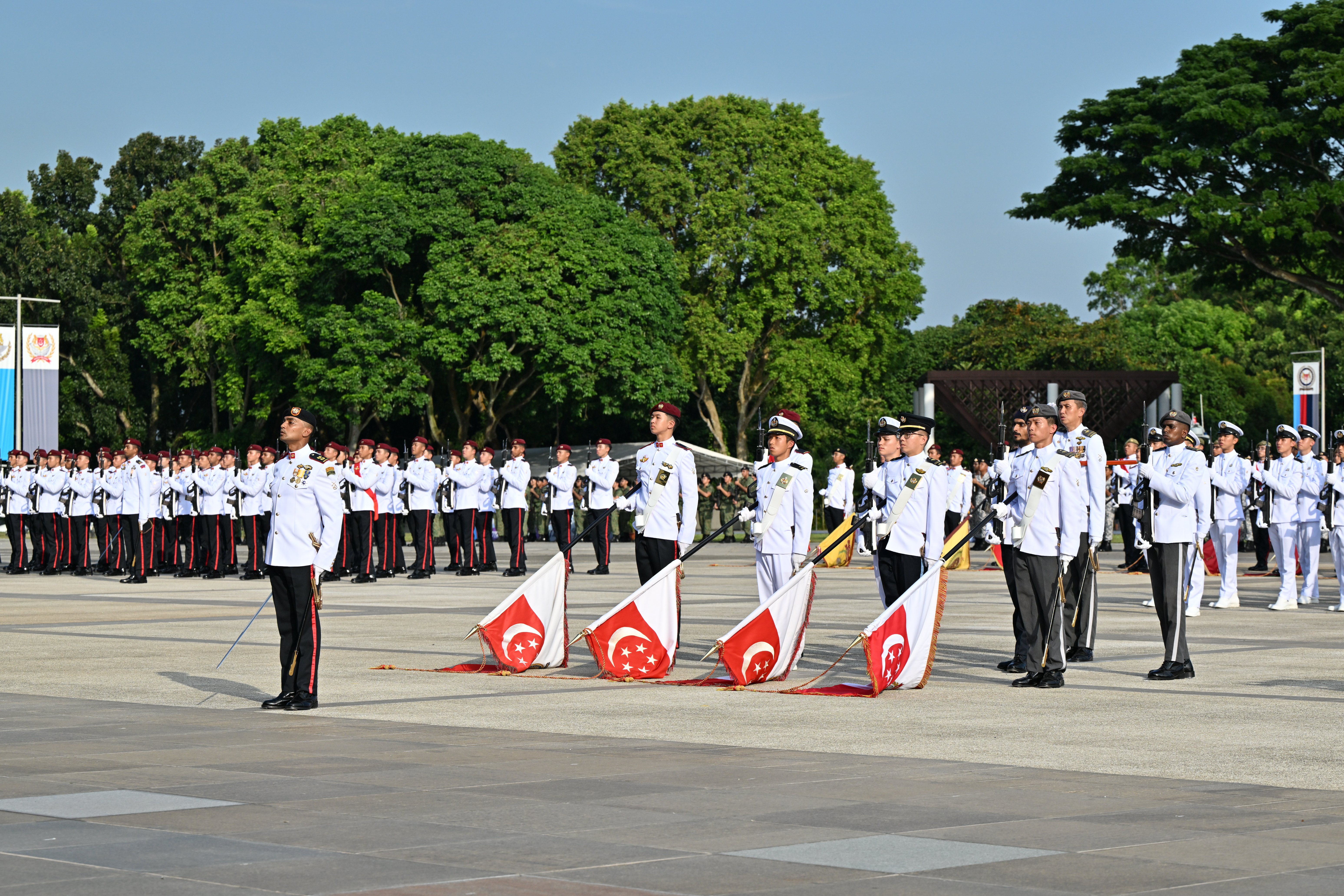
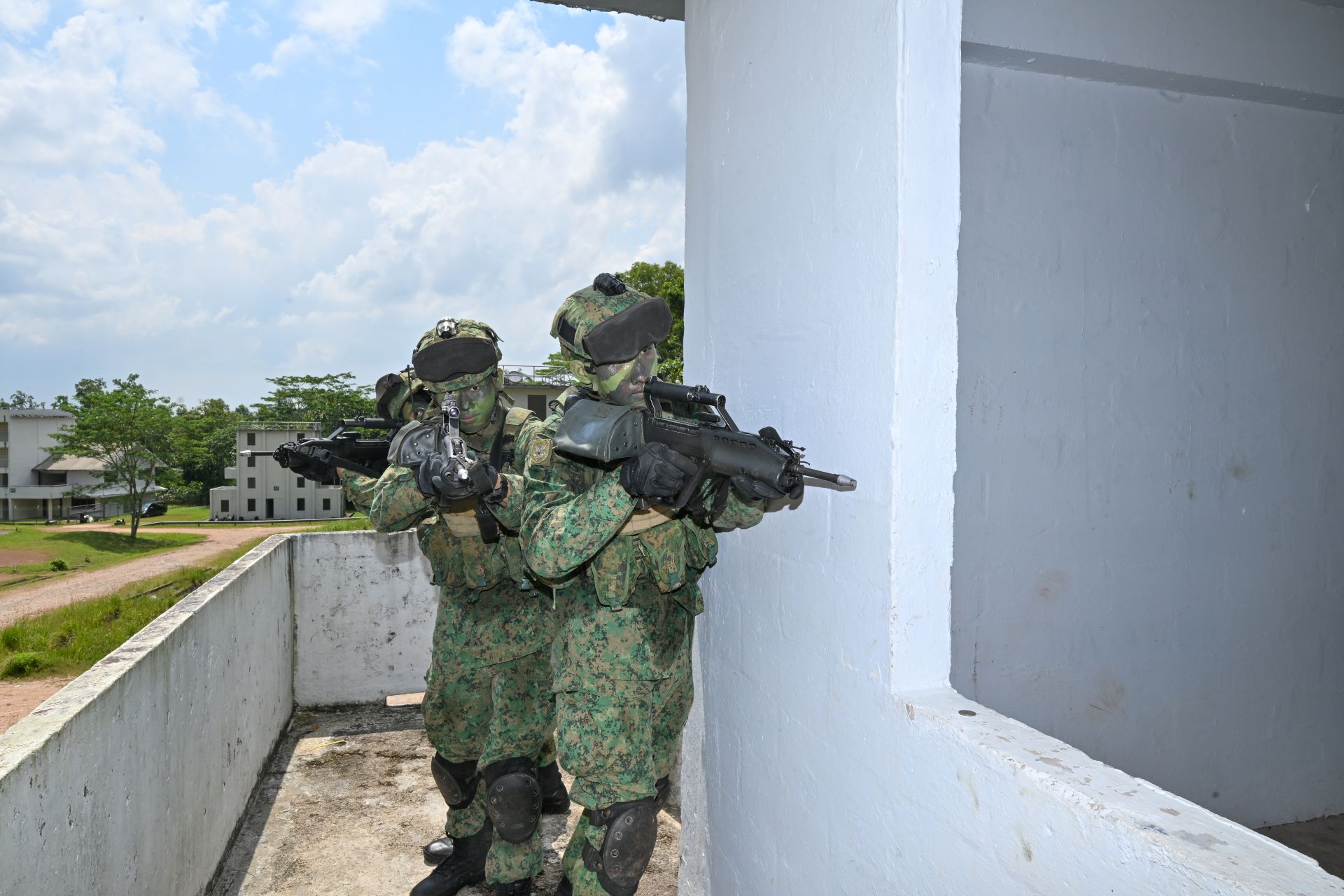
.jpg?sfvrsn=b5383902_1)
.jpg?sfvrsn=4eb1b86e_1)
